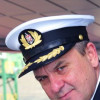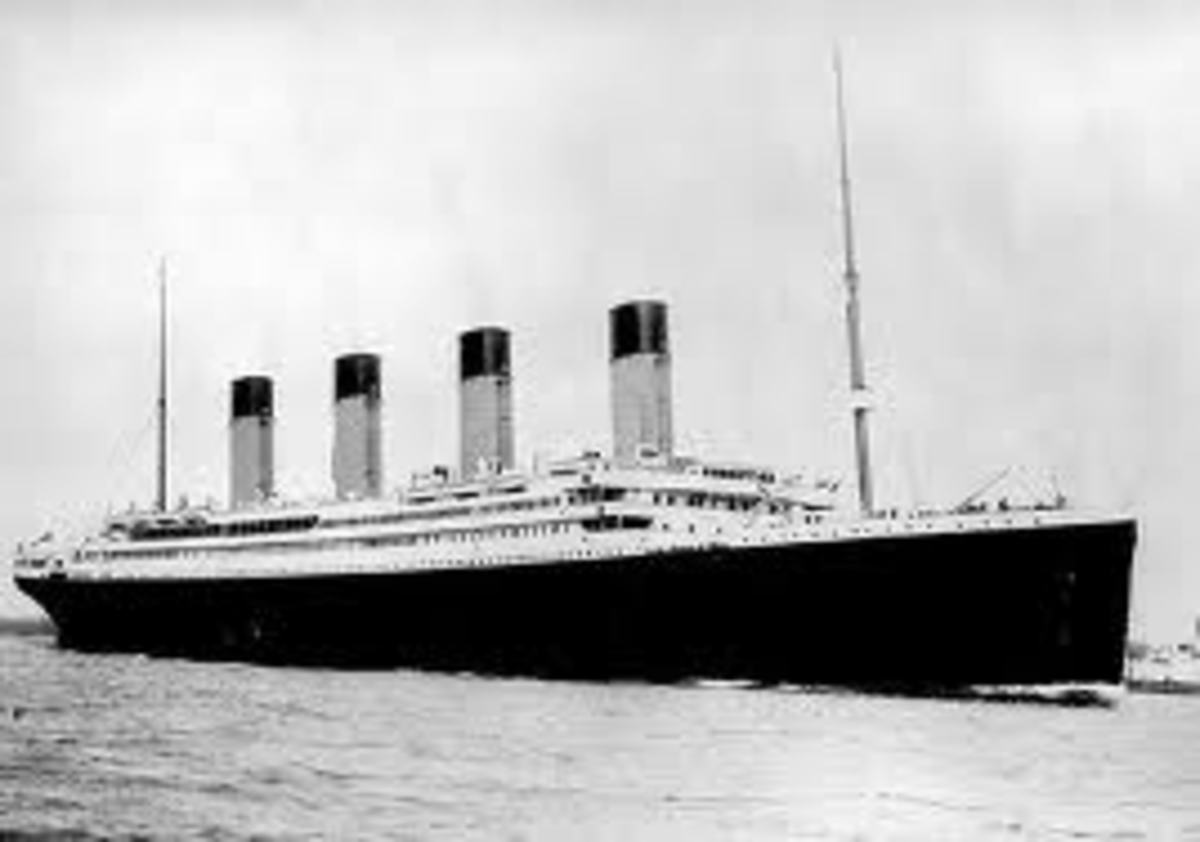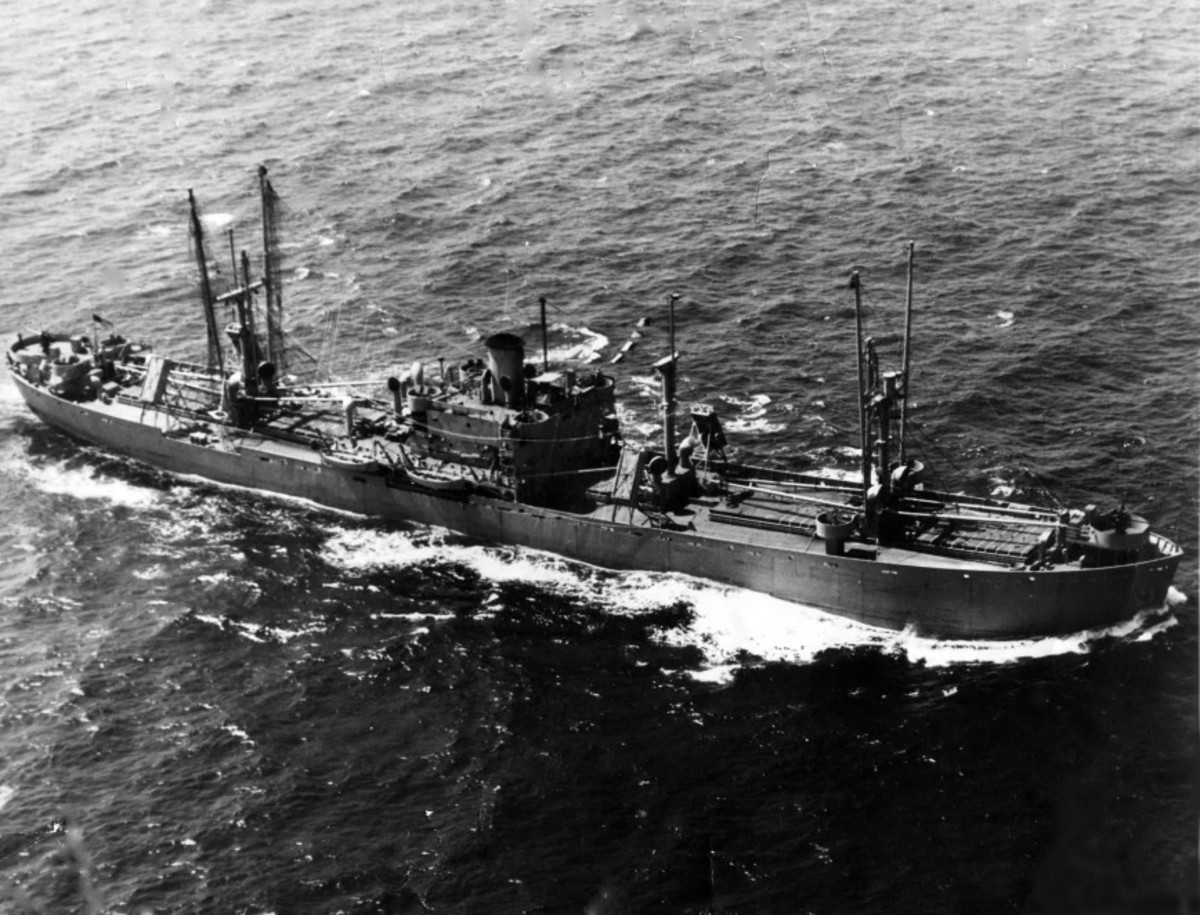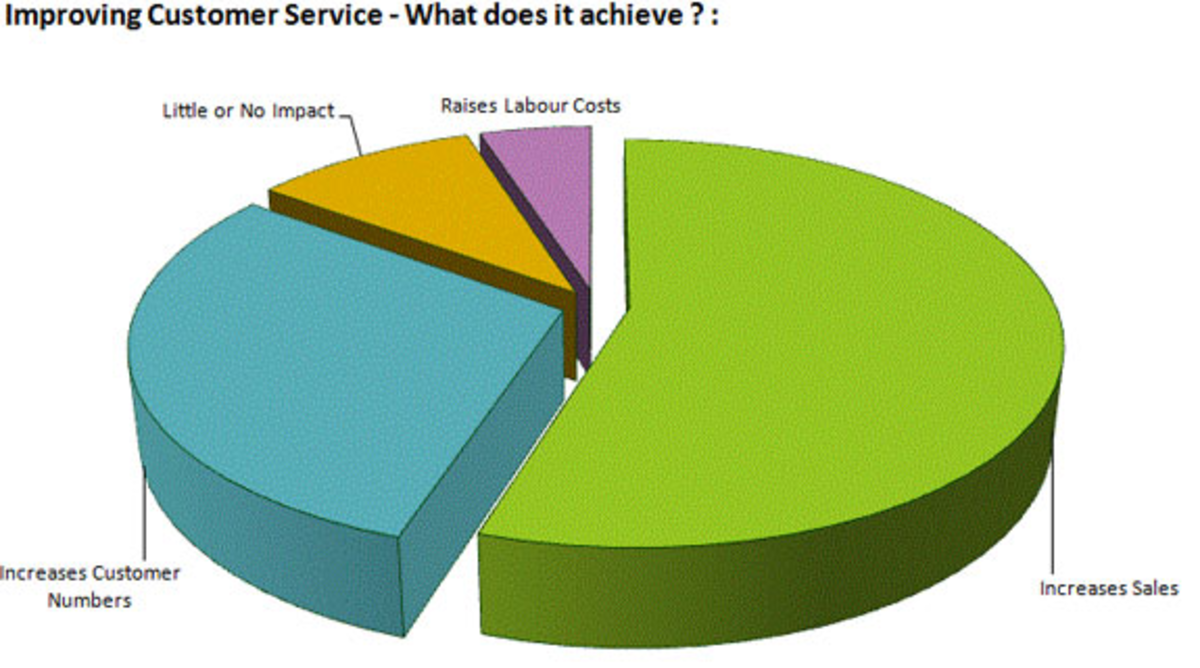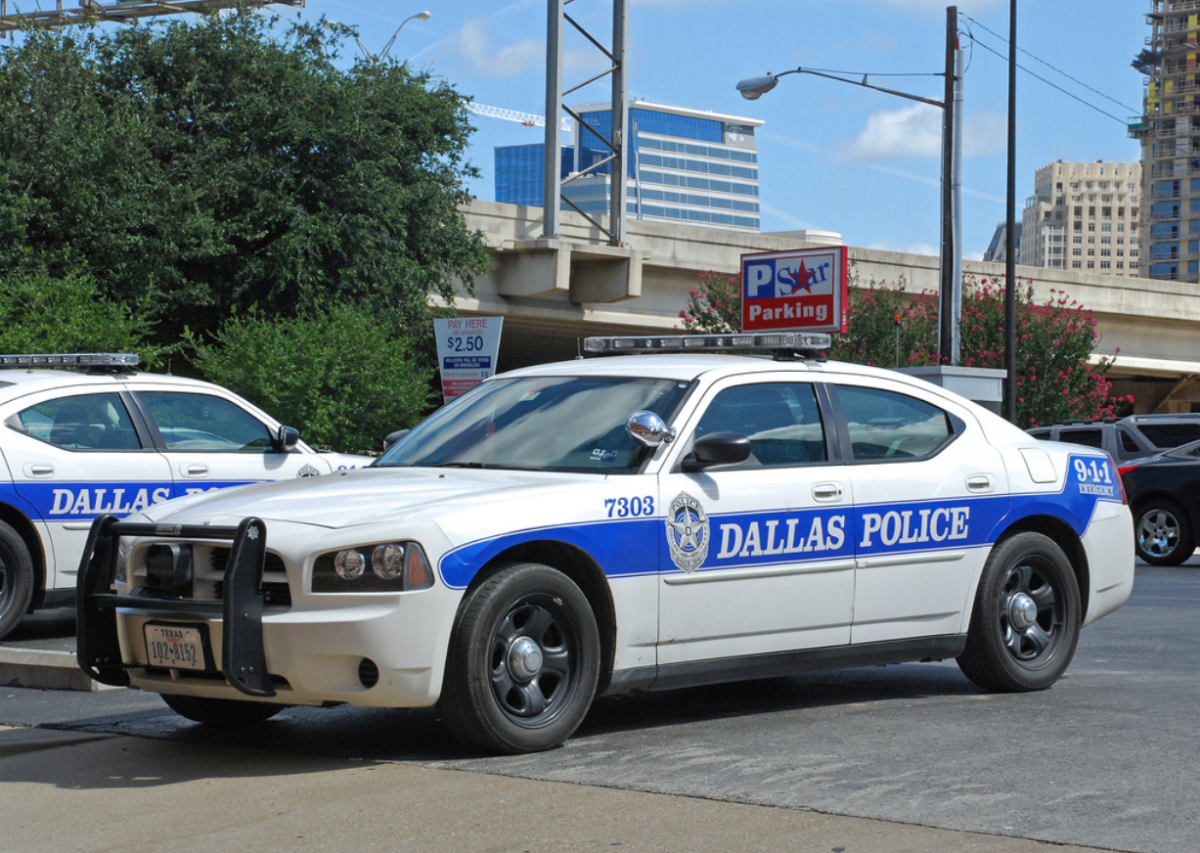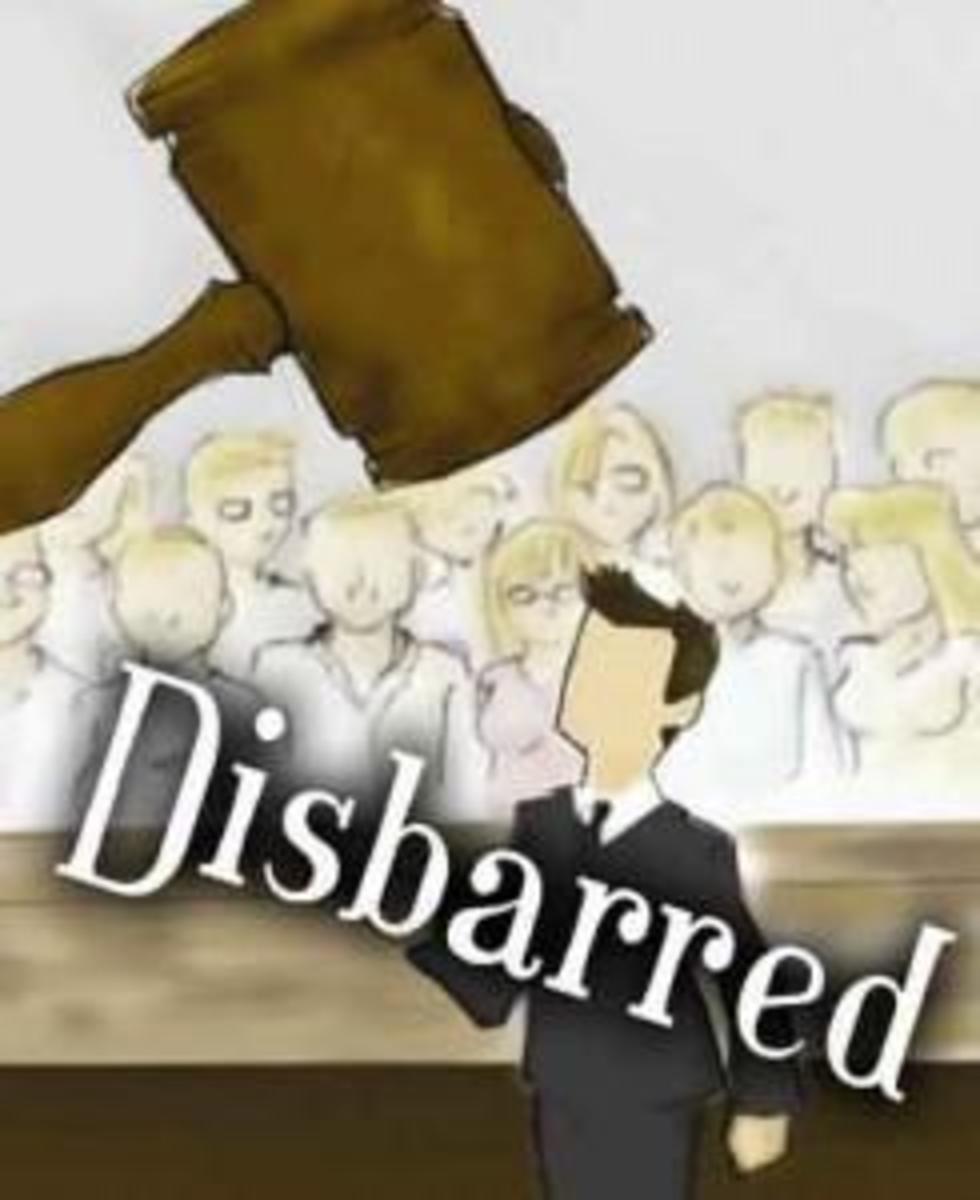Evolution of Maritime Regulation Since the Sinking of the Rms Titanic
Regulations Governing Maritime Safety in before the Titanic Accident
The industrial revolution of the 19th century and technological evolution permitted the rapid growth of international maritime trade. This fact resulted in an increase in the number, size, speed of vessels, and amounts of merchandise transported. Regarding the regulatory framework, the 19th century was characterized by a liberal maritime trade and powerless States in the intervention in regulating maritime trade at sea. This led to an increase in maritime risks and accidents.
In the first place, research on maritime safety was completed in a private setting; insurers and shippers, from their side, looked for pertinent data on the reliability of
the vessels, the calculation of their premiums, and the choice of vessels. For this purpose, the first classification societies were created under the stimulus of the maritime insurers. The characteristics and qualities of the vessels have been codified in a classification regulation. As a result, ships were assigned class/ rating by means of a classification certificate, guaranteeing the level of confidence given to the ship.
The Sinking Of Titanic
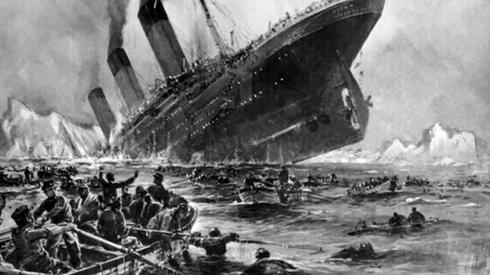
The Titanic disaster in 1912, (the disappearance of 1,503 passengers and crew members), accelerated the international normative process. In London in January 1914, an international conference of 13 countries under the invitation of the British Government and under the auspices of the Societies of the Nations Transit Advisory and Technical Advisory Committee (SDN) gave birth to the first Maritime Convention, called SOLAS Convention. This latter, in that time, focused on resolving two (02) problems, including the means of rescue and the harmonization of the watches of radio communication installations. This normative process has been developed between the two world wars, particularly in the lifesaving devices on board ships and radio communications.
International Maritime Organization (IMO)
The most important step in the regulation of maritime safety was the Convention for the Establishment of the International Maritime Organization, adopted in 1948 by the United Nations Maritime Conference in Geneva. This instrument, which at that time was known as the "Convention for the Establishment of the Intergovernmental Maritime Consultative Organization", entered on 17 March 1958. The new Organization was inaugurated on 6 January 1959. In application of an amendment to the Convention, the Organization was renamed in 1982 and became the International Maritime Organization (IMO).
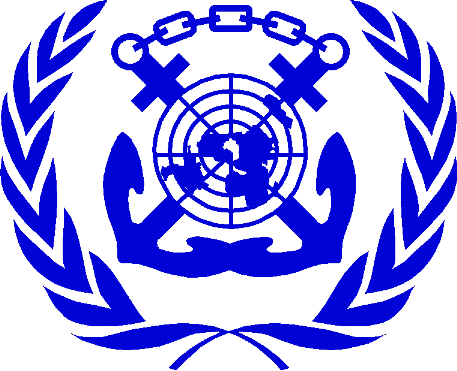
It is helpful to outline briefly why a certain level of regulatory intervention may be required in the maritime sector. BOISSON identified three (03) main reasons that pushed the major maritime nations to establish common safety rules: (1) the issue of the high seas, (2) foreign ships in ports, and (3) the regulation of competition. At the beginning of the 19th century, each State sets its own regulations for the control of the ships in its ports. As a result, ships calling in various ports of several States were sometimes obliged to satisfy contradictory security conditions. Moreover, the marine accidents made aware national and international lawmakers that competition in fleet operations could be detrimental to safety. Therefore, it was perceived that agreement between States setting the minimums to be met by a given ship, performing a given service, will be an effective normative instrument.
Legislation of Maritime Regulations
MSC and MEPC
The IMO's Committees and Subcommittees are the main bodies of maritime legislation at the IMO. The MSC is in charge of the safety of navigation of ships, from the birth of the ship, its construction, and operation until its scrapping. It is the most active IMO Committee. The MEPC is the second most effective IMO committee in developing safety rules for the protection of the environment.
International Maritime Committee (CMI)
An International Non-Governmental Organization, founded in 1897 in Antwerp- Belgium, set its objective to contribute to all means and activities of standardization and harmonization of international legislation.
International Labor Organization (ILO)
It was created in 1919, following the First World War, in order to pursue a vision based on the principle that it cannot have a universal and lasting peace without decent treatment of workers. In 1946, the ILO became the first specialized agency of the United Nations. The Organization currently has 183 Member States and is headquartered in Geneva - Switzerland. Its mission is to bring together the governments, employers, and workers of its Member States as part of a tripartite institution, for joint action to promote rights to work, encourage the creation of jobs, develop social protection, and strengthen social dialogue in the field.
United Nations Conference on Trade and Development (UNCTAD)
Created in 1964, UNCTAD aims to incorporate developing countries into the global economy for their growth. It is called to create institutions based on knowledge and research. To fulfill its mission, the Organization exercises the following main functions:
- It functions as a venue for intergovernmental debate, supported by experts whose goal is to build consensus.
- It conducts research and analysis and collects data.
- It provides technical assistance as needed to developing countries.
- It cooperates with other organizations, donors, and countries in the delivery of technical assistance.
The Association of Classification Societies (IACS)
Each classification society has its class regulations. This independence between them led to differences in the development and application of the regulations. In 1939, a conference under the request of RINA regrouped the classification societies: BV, DNV, LR, GL, and NK. The IACS establishment idea was triggered by the Convention on the lines of charge, which provides requirements for the standardizing of the rules of freeboard. This represented the beginnings of an idea about the need for an organization harmonizing differences and divergence between classification societies. The actual birth of the association took place in 1968. In 1969, the IACS obtained the status of advisory member within the IMO. The IACS's main roles are: to guarantee a quality level of the classification societies; and to ensure consistency between the different reference systems, so that they have an equivalent level, even if in some respects they differ. Currently, IACS regroups the 13 largest classification societies among the 50 existing classification societies.
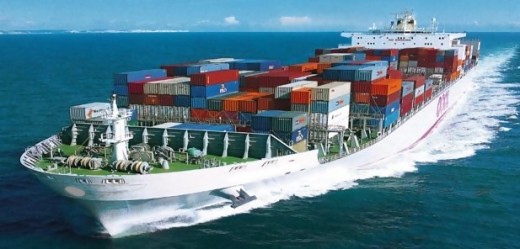
Instruments of Maritime Regulatory Framework
Maritime transport is the most international of all the industries. Workers in the maritime industry are the more exposed to the dangers and the accidents. Thus, maritime regulators always look for ways to enhance safety at sea through the development of international regulations respected by all maritime nations. IMO, as the main regulatory body, has developed and adopted an extensive regulatory framework, including international rules, conventions, guidelines, codes of practice, dealing with many concerns such as training standards for seafarers, search and rescue, facilitation of international maritime traffic, load lines, transport of dangerous goods and gauging, and other instruments. The following are some relevant regulations in the maritime industry.
The SOLAS Convention
The International Convention for the Safety of Life at Sea (SOLAS) is considered as the parent Convention and the most important of all international treaties concerning the safety of merchant ships. Its first version was adopted in 1914 after the sinking of the Titanic concerning passenger ships. It was revised in 1929 and in 1948 and was extended to cargo ships. Its current version was adopted in 1960, entered into force in 1965, and the IMO for the first time depository of the Convention. It was amended in 1974 by the International Conference on the Safety of Life at Sea convened by the International Maritime Organization (IMO) and entered on 25 May 1980. In addition, the 1974 SOLAS Convention has been amended, either pursuant to resolutions adopted by the IMO Maritime Safety Committee (MSC) in an expanded form, or as part of Conferences of Contracting Governments to the Convention. SOLAS, in its current consolidated version, contains fourteen (14) chapters.
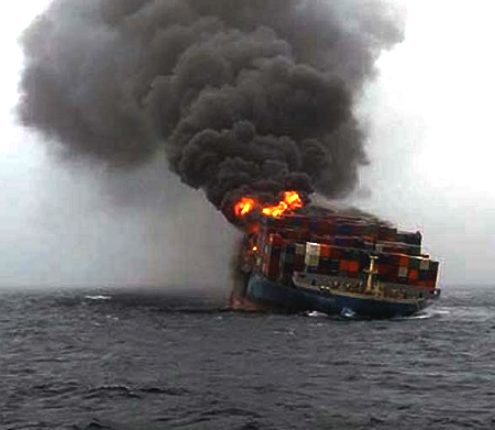
The MARPOL Convention
The MARPOL Convention (Marine Pollution) is derived from the OilPol Convention of 1954. It is a Convention that deals with the protection of the marine environment from accidental or other pollution by ships. Developed within the framework of the IMO, it is a combination of two (02) treaties adopted in 1973 and 1978 and periodically updated following the amendments. It has a wide field of application and very efficient technical procedures. Through this objective, it implements a set of rules to improve maritime safety. The current body text of the Convention is organized in six (06) annexes.
The International Safety Management Code (ISM Code)
The International Management Code for the Safe Operation of Ships and for the Prevention of Pollution was adopted following the sinking of the ship Herald of Free Enterprise on March 6, 1987, resulting in 193 casualties and the fire aboard the ship Scandinavian Star on April 7, 1990, resulting in 156 casualties. The Code entered into force on July 1998 for passenger ships, then for all ships on July 1st, 2002. The practical implementation of this Code is ensured through the development of a safety management system (SMS) by the shipping company and its application onboard. This would be evaluated by the flag State Maritime Administration by audits and validation by the award of a safety management certificate (SMC).
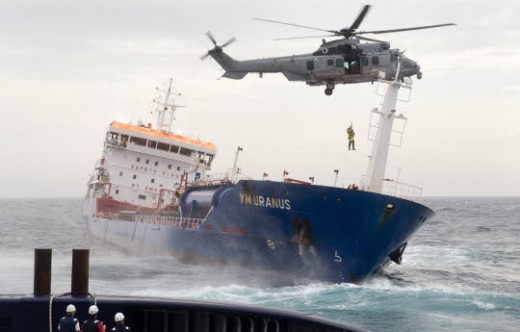
The International Convention on Maritime Assistance (CMA)
This Convention was adopted at the conference on 28 April 1989, containing 34 articles organized in 5 chapters. Its content is split between the rules of operations and rules on the protection of the marine environment.
International Convention on Tonnage Measurement of Ships (TC)
The Convention was adopted by the IMO in 1969 and was the first successful attempt to introduce a vessel margin measurement system. Before this regulation, several systems were used to calculate the tonnage of merchant ships; there were differences of opinion between them, and it was recognized that there was a great need for a harmonized international system.
International Convention on Standards of Training, Certification, and Watchkeeping for Seafarers (STCW)
Adopted on July 7, 1978, the STCW entered into force on April 28, 1984. It was completely revised in 1995, and in 2010 in Manila. The STCW Convention of 1978 was the first to lay down basic requirements for the training of seafarers, the granting of patents, and the monitoring at the international level. Before this Convention, standards for seafarers' training, certification, and watchkeeping have been established by each government differently. As a result, standards and procedures vary, even though shipping is more international in all sectors. It has eight (08) chapters in its current vesrion.
© 2018 Freedom of the sea
